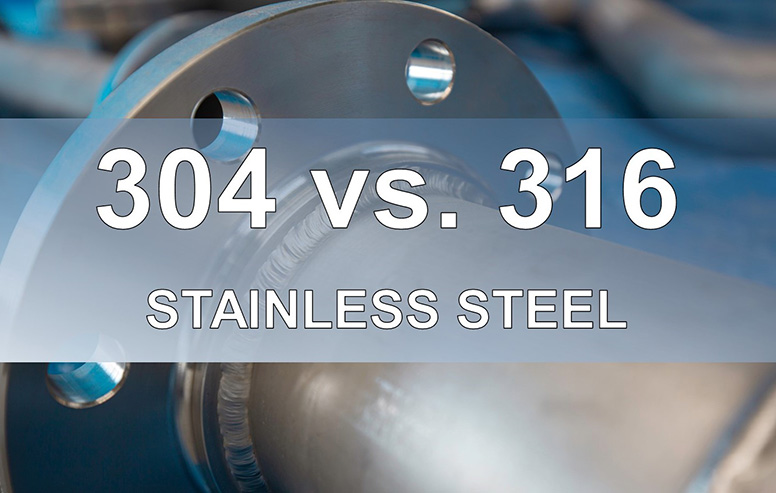
Although Newcastle is not on the coast, it is relatively close and tea staining is a risk. However, for a stainless-steel cycle rack under a cycle shelter, 304 grade may be sufficient because the steel is sheltered from the elements.Ī good (or bad!) example of tea staining is when several 304 grade high polish litter bins were installed in Newcastle. A stainless-steel bench armrest on a coastal promenade must be 316 grade because it is extremely exposed. Secondly, high polish finishes are much more susceptible than factory and mill finishes. The first would be to use a higher-grade steel, such as 316. There are several measures to reduce the risk. However, in coastal areas this is a major consideration because of constant salt content in the air.Ī good guide is that tea staining will be a risk up to 5km from the coast – obviously the closer to the coast, the higher the risk will be. Inland, this would not be a problem as rain would quickly wash away any salt deposits, such as grit, left on the steel. Tea staining is caused by a salt film on the surface which slowly corrodes the steel. Although it does not pose any risk to the structural integrity of the steel, it is very unsightly. This is a brown discolouration on the surface. Types of Corrosionįor external architectural fittings, the main type of corrosion encountered is coastal corrosion, or tea staining. For example, at room temperature, 304 grade will resist up to 3% sulfuric acid whereas type 316 will resist up to 20%. Typically, cheaper grades (eg 304) are less resistant to corrosion. There are over 150 grades, but for external architectural metalwork purposes only 2 grades (304 and 316) are relevant.Īll grades, even the duplex grades used in the oil and gas industry, have a limit to the number of corrosive elements and chemicals they can comfortably handle. Stainless steel grades simply refer to the chemical composition of the steel, for example the chromium content or other alloys such as nickel or molybdenum. Read more about the science behind why stainless steel can rust here. Therefore, choosing the correct stainless-steel grade is important – if a grade is used that is not suitable, the component will rust almost as quickly and unprotected mild steel. Stainless steel does not automatically guarantee immunity from corrosion and rust.

This point highlights the nucleus of the question addressed by this blog – essentially different grades refer to the different levels of chromium alloyed in the steel. Conversely, there is a direct correlation between increasing chromium content and corrosion resistance. If less than 11% chromium is used, the oxide layer will not form. This layer is what protects the steel underneath from rusting.

This layer is extremely thin, around 5 nanometres, and is only formed when the surface is exposed to oxygen. Chromium is the ‘key ingredient’ in stainless steel because it forms an oxide layer on the surface of the steel. Why is Stainless Steel corrosion resistant?Īll grades of stainless steel have a minimum of 11% chromium content. Structural seating and planter components must be manufactured to have a long lifespan so stainless steel is often a necessity for structural components. Compared to mild, or carbon steel which will corrode almost immediately if placed unprotected in an outdoor environment this is a major advantage. At the heart of its appeal is the resistance it offers to corrosion and rusting. Stainless Steel plays a key structural role in street furniture.


 0 kommentar(er)
0 kommentar(er)
